How to Avoid Traffic Jams, or at Least Getting Stuck in Them

EVERYBODY TALKS ABOUT IT, NOBODY DOES ANYTHING
Like calamine lotion on poison ivy blisters, real-time traffic displays can help alleviate uncomfortable congestion. Lighted billboards located alongside highways can alert motorists of potential delays and advise them to take alternate routes, saving time and helping reduce congestion.
Massachusetts is one state that’s implemented a system like this. So far 48 light-up message boards have been installed along their turnpike, Route 3. The displays operate seven days a week, from 5:00 a.m. to 10:00 p.m.
When cars and trucks enter roadways in clumps, they introduce turbulence to the flow of traffic, which leads to slowdowns on both mainline highways and access ramps. That’s a double negative that results in NOTHING positive.
Beyond these strategies, municipalities can ration road space based on license plate-numbers. These restrictions prevent certain vehicles from driving in certain areas at certain times. It’s sounds like an uncertain plan but apparently it works.
Of course there are many other approaches to reducing traffic slowdowns. Governments can open up highway shoulders to handle extra traffic during peak travel times; they can charge greater fees on toll roads as necessary to help reduce congestion; they can even invest in reversible lanes that allow the flow of traffic to change direction based on demand. Believe it or not there’s a lot that can be done.
In spite of these congestion management plans there’s no magic bullet that will eliminate the issue. Funding and the space to build more roads is limited and increasingly drivers will simply have to deal with clogged highways.
IF YOU CAN BEAT ‘EM, AVOID ‘EM
Sometimes roadway congestion is simply unavoidable; it’s rush-hour, you’ve got to get somewhere across town and there’s only route available. However, if you’re headed to a destination and there are several different ways to take how do you choose the best one? Which course has the least congestion? Well, some more advanced navigation systems offer real time traffic data, but if you have an older car, don’t have navigation, or just don’t want to pay for a fancy new Nav unit, like just about everything else, there’s an app for that.
Waze is a nifty smartphone program that’s available for the iPhone, Android and Windows Phone platforms. It connects drivers and allows them to work together by sharing information about the road. It can help you steer clear of traffic, find time-saving routes and even avoid police speed traps.
All of this feel-good altruism may seem like a bit much, but it actually works. Millions of people use Waze – supposedly it’s the largest community of drivers in the world – and the little app has saved users untold hours of frustration.
As a sign of just how good Waze is, Google recently purchased it for $1.1 billion!
Traffic jams aren’t going away any time soon, or more likely any time ever. As more people hit the road congestion will likely become an ever-increasing problem. But as a driver you don’t necessarily have to take things sitting down. Aside from steering clear of peak travel times or poorly designed stretches of highway, smartphone applications like Waze are one tool you can use to help avoid on-road aggravation.

Born and raised in metro Detroit, Craig was steeped in mechanics from childhood. He feels as much at home with a wrench or welding gun in his hand as he does behind the wheel or in front of a camera. Putting his Bachelor's Degree in Journalism to good use, he's always pumping out videos, reviews, and features for AutoGuide.com. When the workday is over, he can be found out driving his fully restored 1936 Ford V8 sedan. Craig has covered the automotive industry full time for more than 10 years and is a member of the Automotive Press Association (APA) and Midwest Automotive Media Association (MAMA).
More by Craig Cole



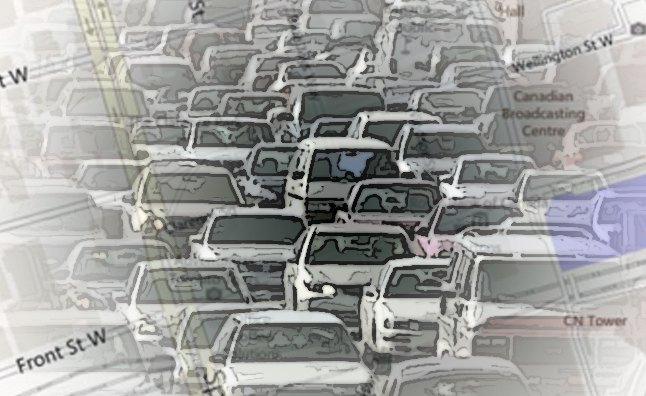





















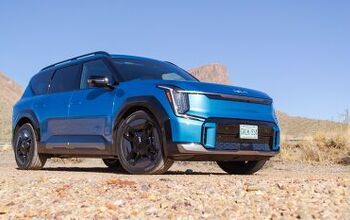
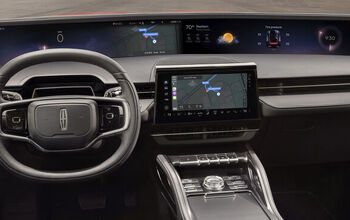





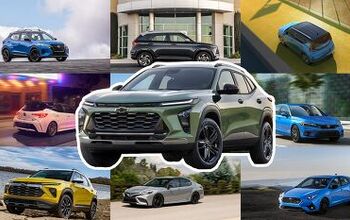
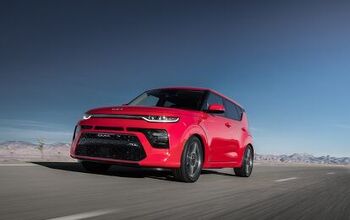
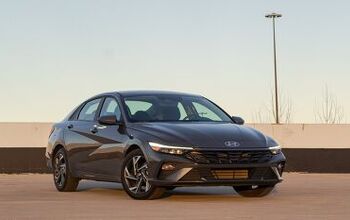

Comments
Join the conversation
I have Waze and I absolutely love that App!!!!!! It's awesome when looking out for cops and traffic.